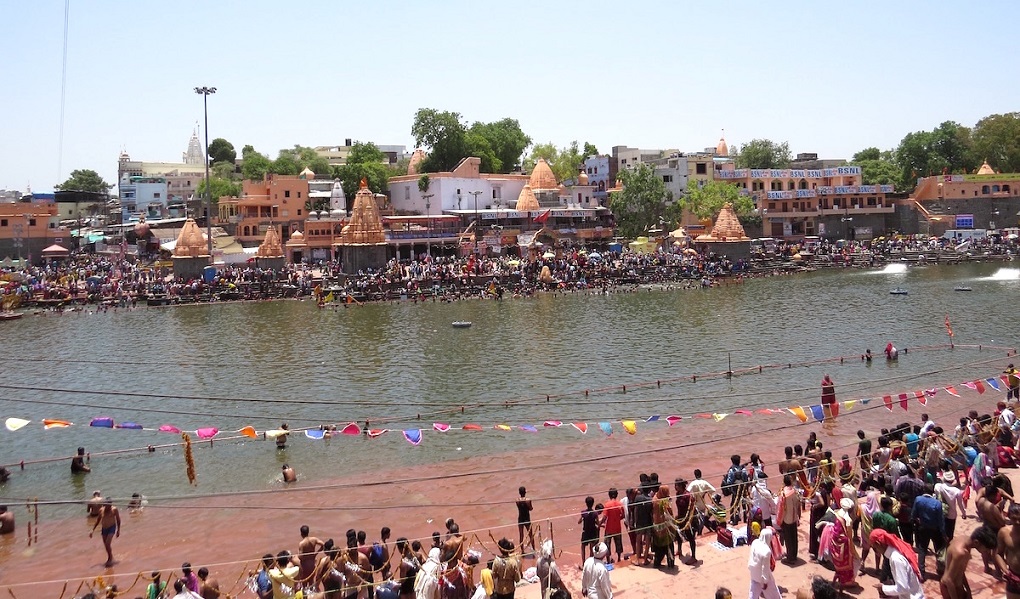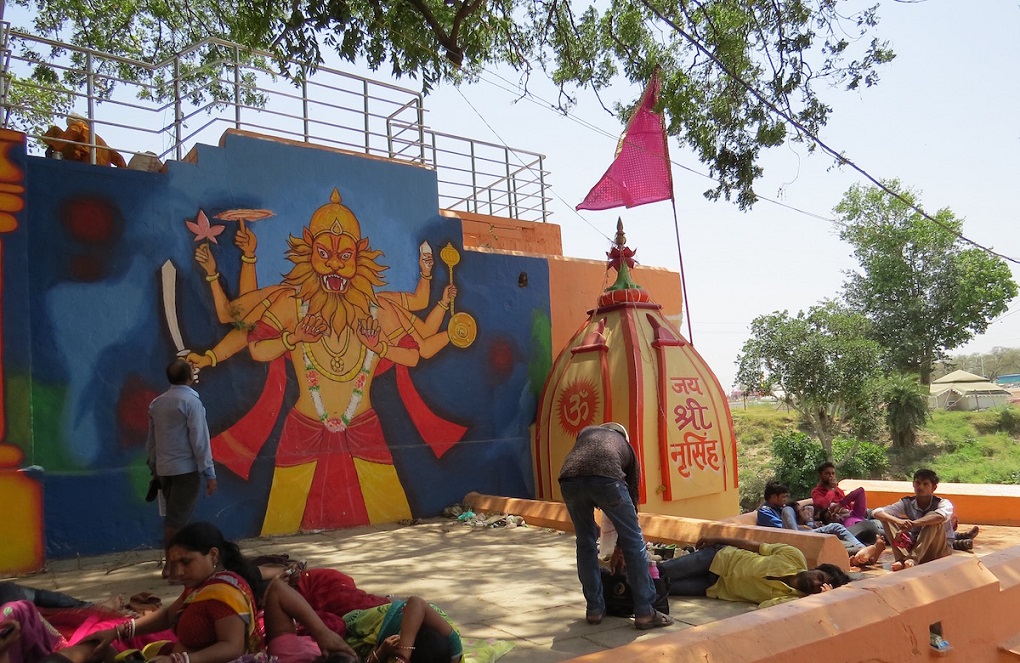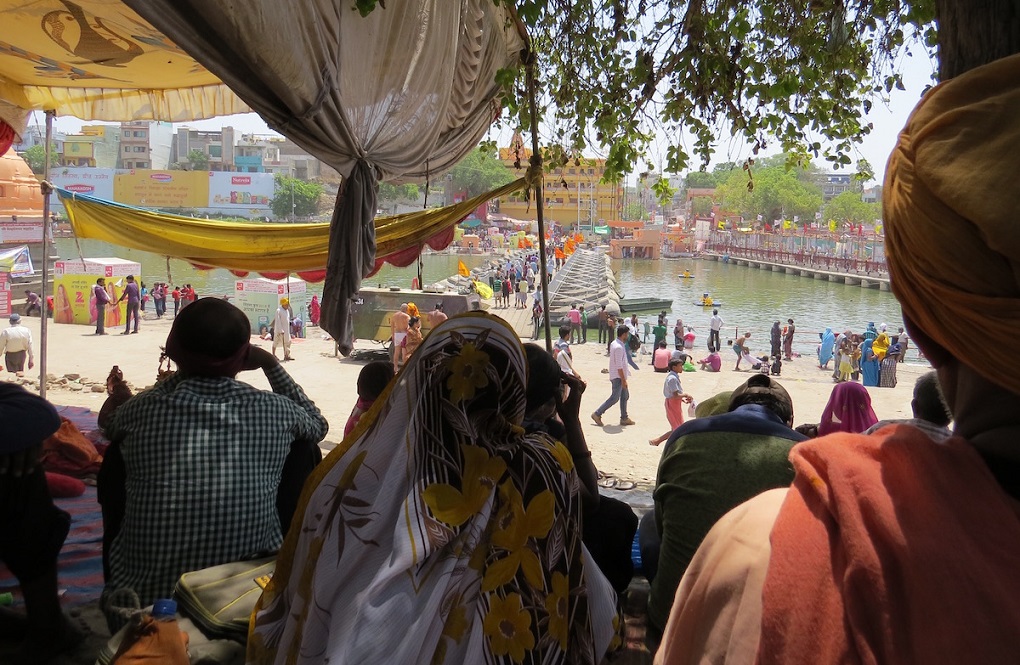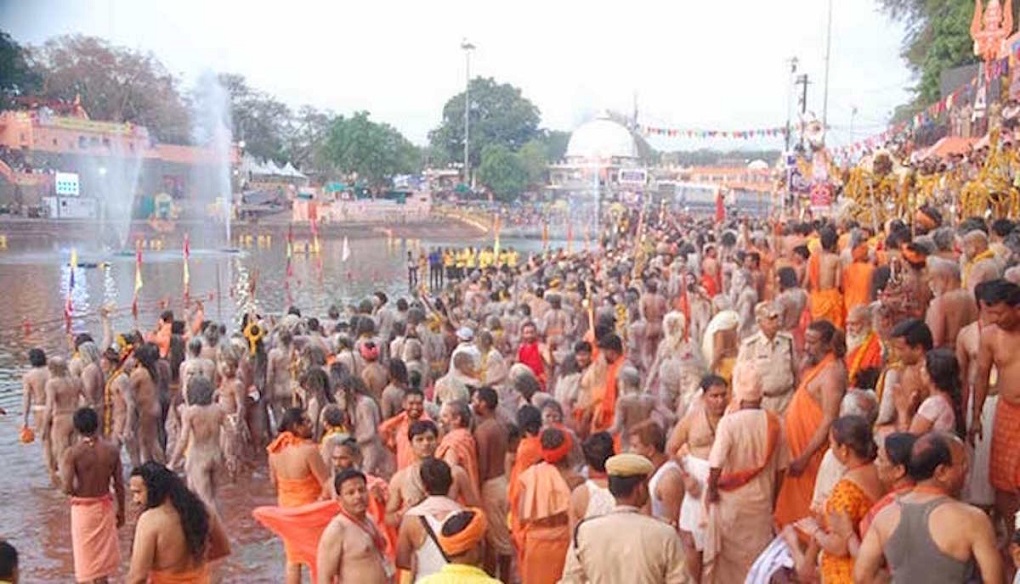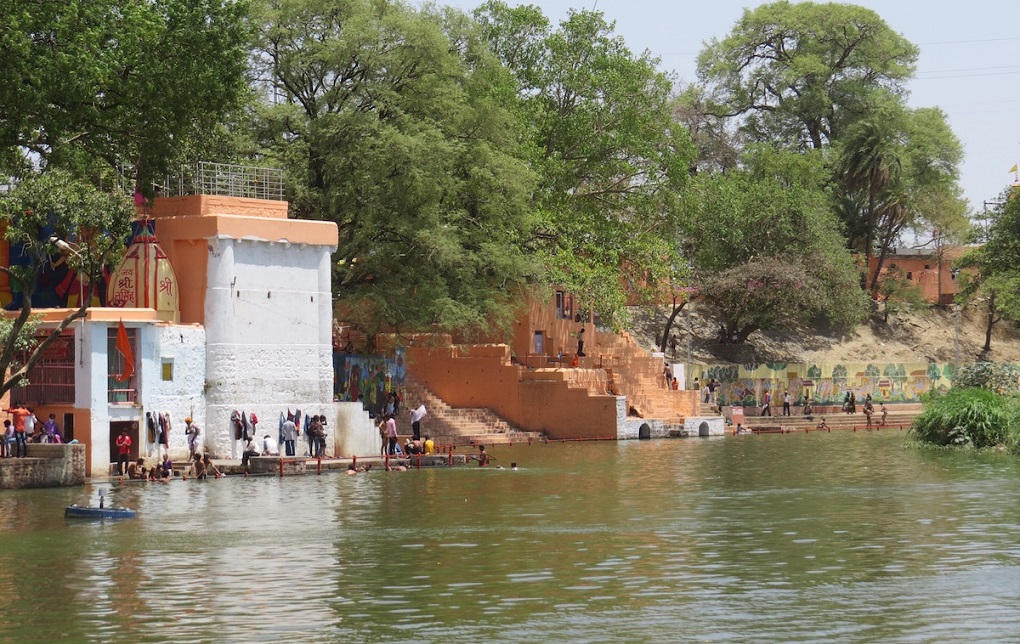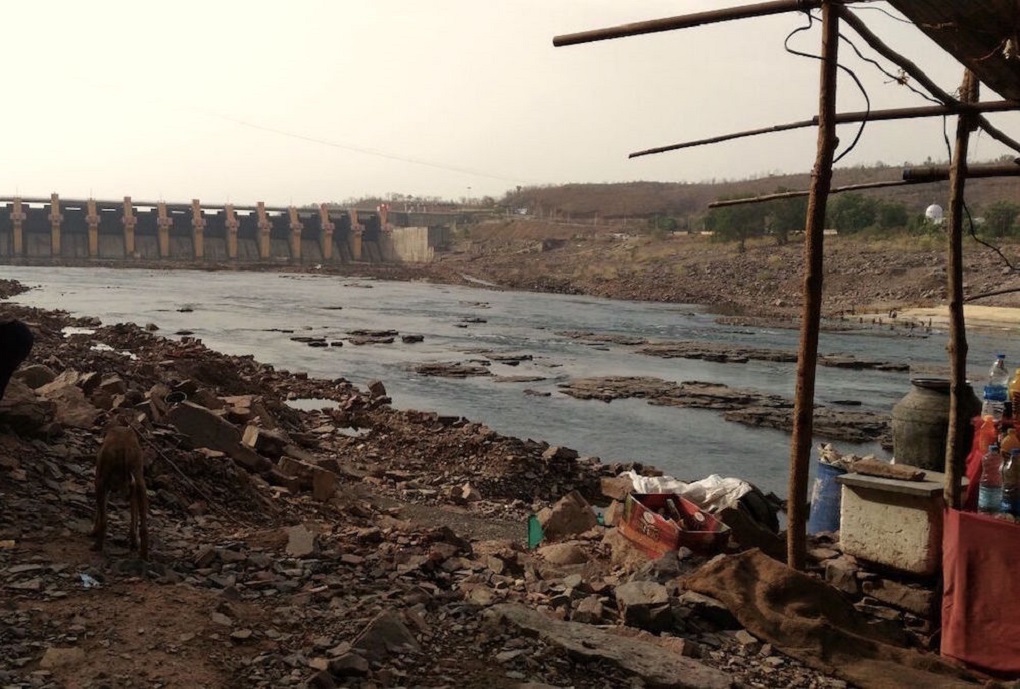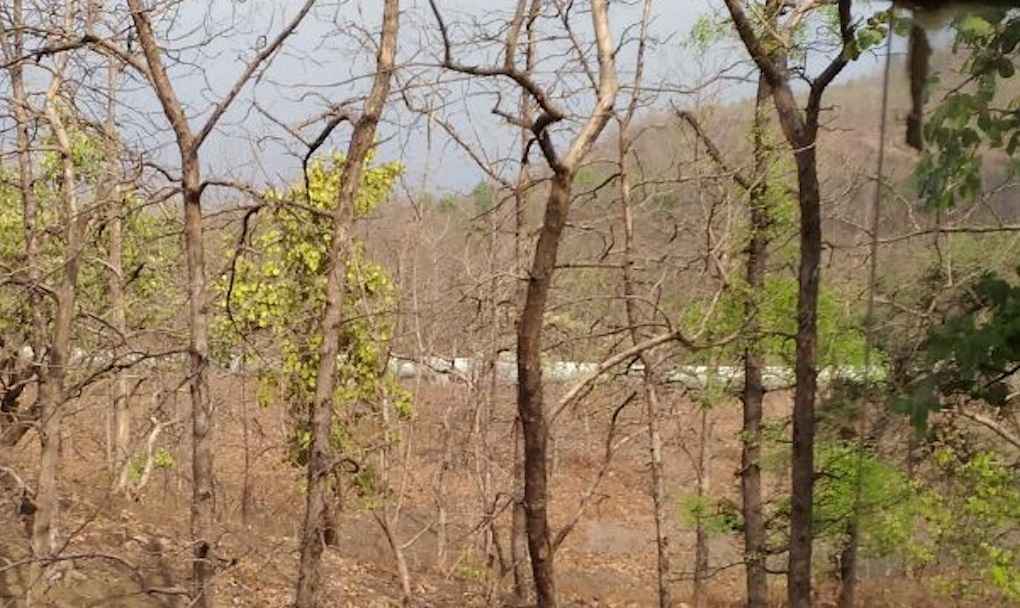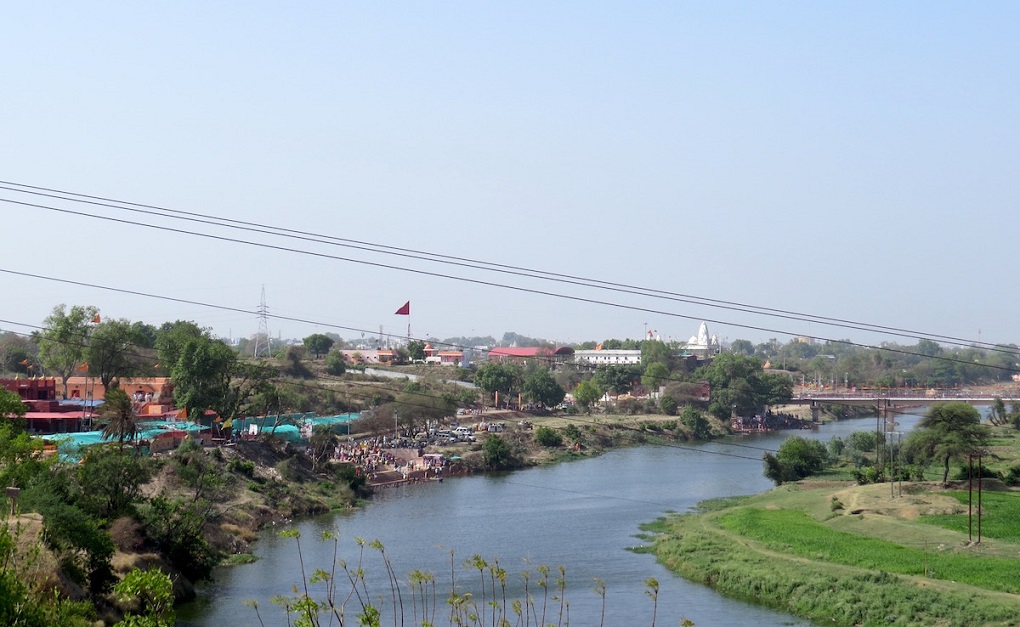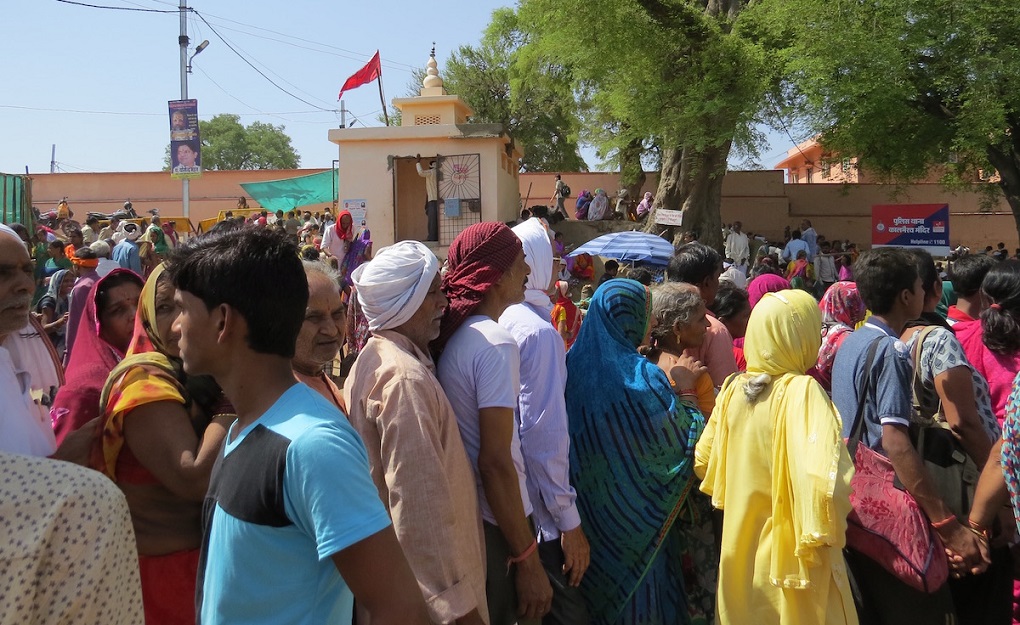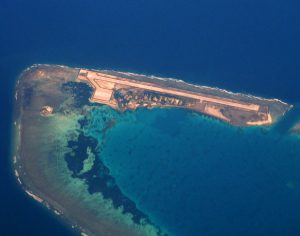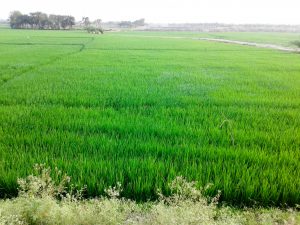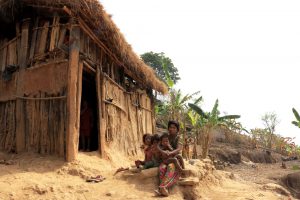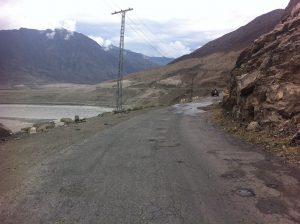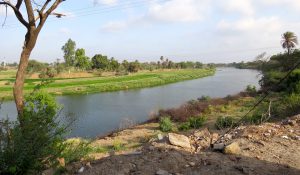The Kumbh Mela is a celebration of water. Millions gather at the banks of a river in four ancient places — Ujjain (Shipra), Nashik (Godavari), Allahabad and Haridwar (Ganga) — at these fairs every 12 years for a dip in the water that carries with the prospect of salvation. This year at Ujjain, as many as 60 million people bathed in the Shipra river during the Mela that ended in May.
Despite the festivities, there has been an undercurrent of anxiety at the Kumbh Mela in recent times, brought home painfully this year when water from the Narmada had to be diverted to the Shipra to maintain flow so that people do not return disappointed from this huge gathering. When the Kumbh Mela was held in Nashik last year, groundwater had to be pumped up to main a semblance of flow in the Godavari.
Most pilgrims who went to the fair were unaware of the water crisis. Those few who know did not care much. The Mela drew the sadhus in the thousands and the gala Shahi Snaans (royal baths) saw multitudes. People have returned happy. But the rivers are dying and the celebrations will increasingly seem hollow if intelligent efforts are not made to save the rivers.
All images by Soumya Sarkar, the editor of indiaclimatedialogue.net. This piece is the third in a set of pieces on the Kumbh Mela, Part 1 is here, and Part 2, here.

